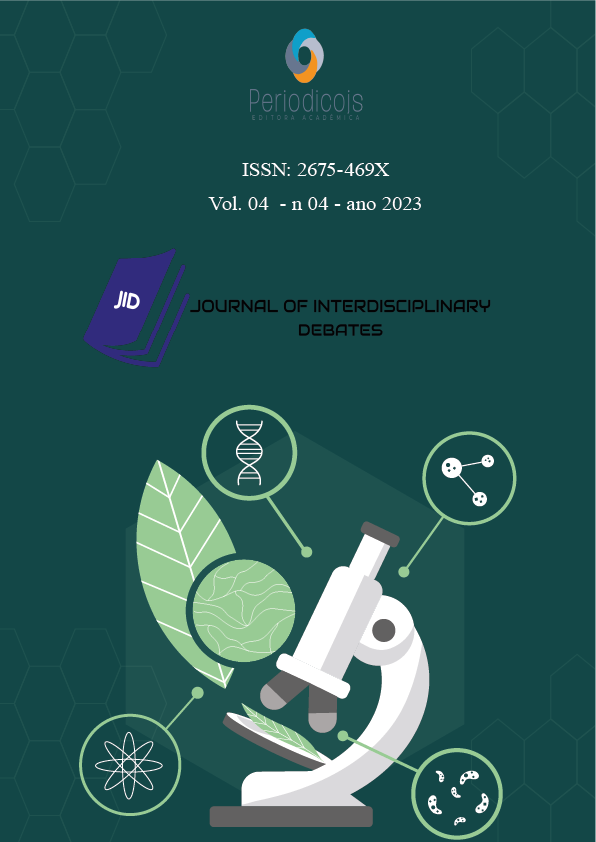Abstract
Introduction: Biodiversity conservation is a global concern. With the advancement of agricultural frontiers, the excessive use of natural resources, pollution, urban and industrial expansion, innovative approaches that seek to face these emerging challenges become necessary; In this context, seeking practices that align scientific and traditional knowledge in biodiversity conservation, the model known as ethnoconservation emerges, which aims to strengthen the relationship between society and the environment. Objective: To address concepts of ethnoconservation, explaining the challenges for its implementation. Methodology: This is a descriptive literature review, with research carried out at Scielo and 8 articles used. Literature review: The literature addresses collective methods of appropriation of natural resources in relation to the norms of reciprocal behavior linked to them. It is pointed out that these models of cooperation and mutual assistance result in the formation of an intergroup system of economic balance. Environmental conservation, in partnership with community care, generates economic returns for the community, whether in the commercialization of products in a non-predatory way, or even in their exposure through ethnotourism. Final considerations: despite the benefits proposed by ethnoconservation, there are challenges faced in its implementation, especially in Brazil, where conservation practice is often undemocratic and distant from the knowledge of traditional populations.
References
BRASIL. Lei nº 9.985, de 18 de julho de 2000. Regulamenta o artigo 225, § 1°, incisos I, II, III e VII da Constituição Federal, institui o Sistema Nacional de Unidades de Conservação da Natureza e dá outras providências. Brasília: Presidência da República, [2000]. Disponível em: https://www.planalto.gov.br/ccivil_03/leis/l9985.htm. Acesso em: 02 dez. 2023.
DIEGUES, A. C. Conhecimentos, práticas tradicionais e a etnoconservação da natureza. Desenvolvimento e Meio Ambiente, v. 50, 30 abr. 2019.
DIEGUES, A. C. Etnoconservação da natureza: enfoques alternativos. In: Etnoconservação. Novos rumos para a proteção da natureza nos trópicos. Antônio Carlos Diegues. Hucitec. 2ª edição, 2000.
GODELIER, Maurice. Antropologia. São Paulo: Ática, 2001.
GORDON, H. Scott. The economic theory of a common property resource: the fishery. The Journal of Political Economy, p. 124-142, 1954.
MONTELES, R. A. R. Etnoconservação e apropriação social dos buritizais no entorno do Parque Nacional dos Lençóis Maranhenses. Dissertação (Mestrado em Agriculturas Familiares e Desenvolvimento Sustentável) – UFPA, Núcleo de Ciências Agrárias e Desenvolvimento Rural, Programa de Pós-Graduação em Agriculturas Amazônicas, Belém, 2009.
SILVA, J. S. B. Percepção de comunidades rural e urbana sobre a importância das florestas e das unidades de conservação em Pernambuco, Brasil. Tese (Doutorado em Etnobiologia e Conservação da Natureza) - UFRPE/UEPB/URCA, Recife, 2016.
SCOTT, Anthony. The fishery: the objectives of sole ownership. The Journal of Political Economy, p. 116-124, 1955.





